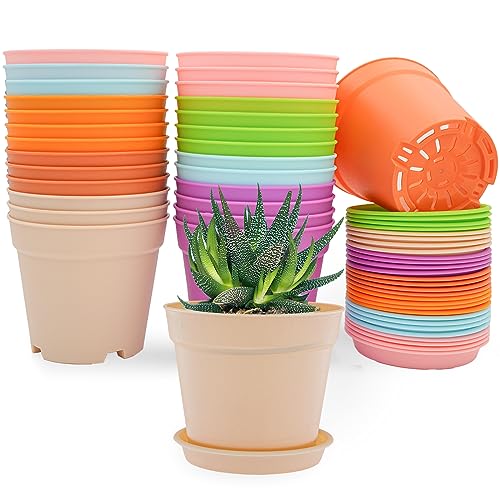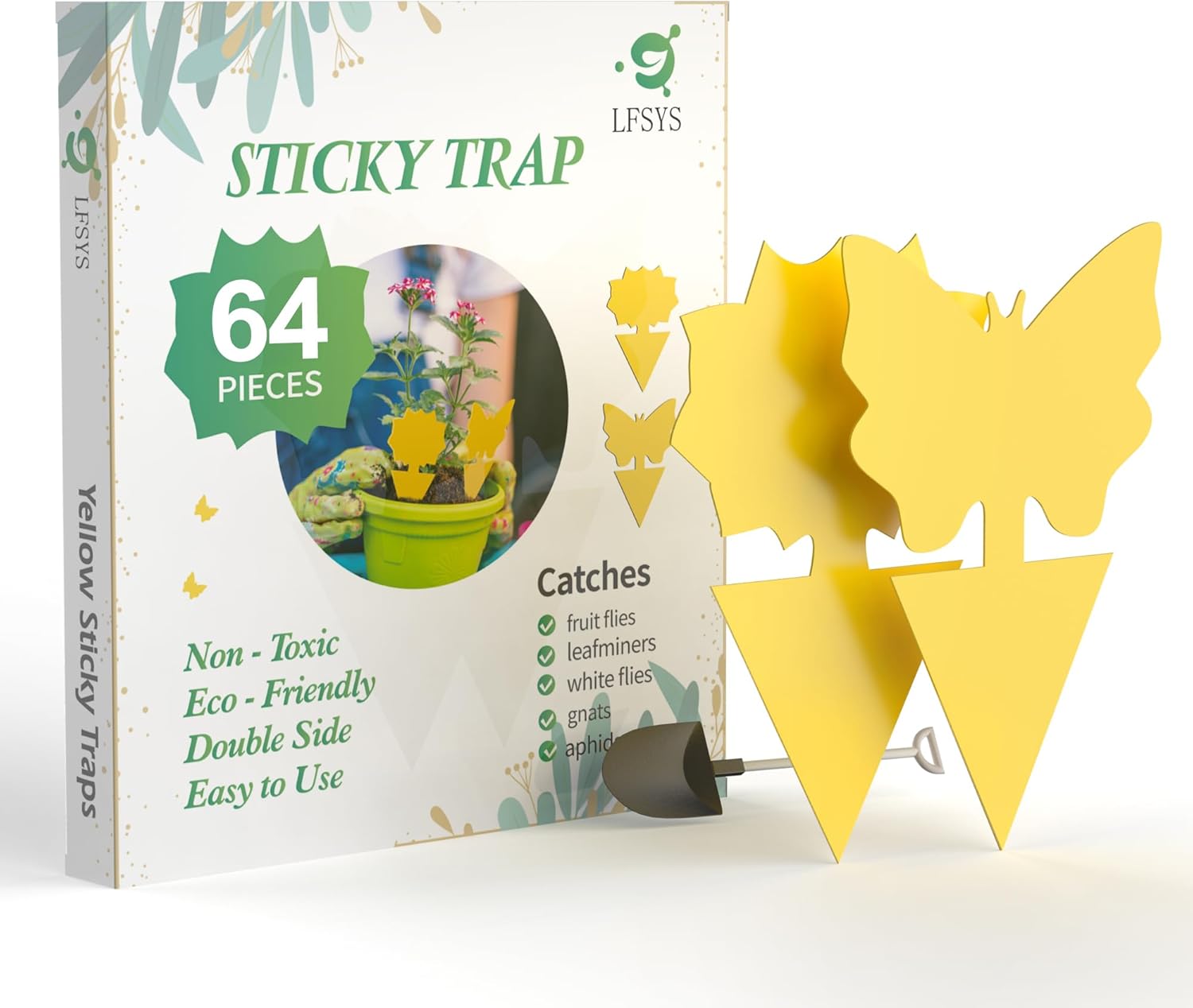I Was Losing the Battle With Houseplant Pests – Until I Started Growing These Herbs Beside Them
Place these 10 pest repellent herbs next to your houseplants to protect them from beetles, fungus gnats and more.
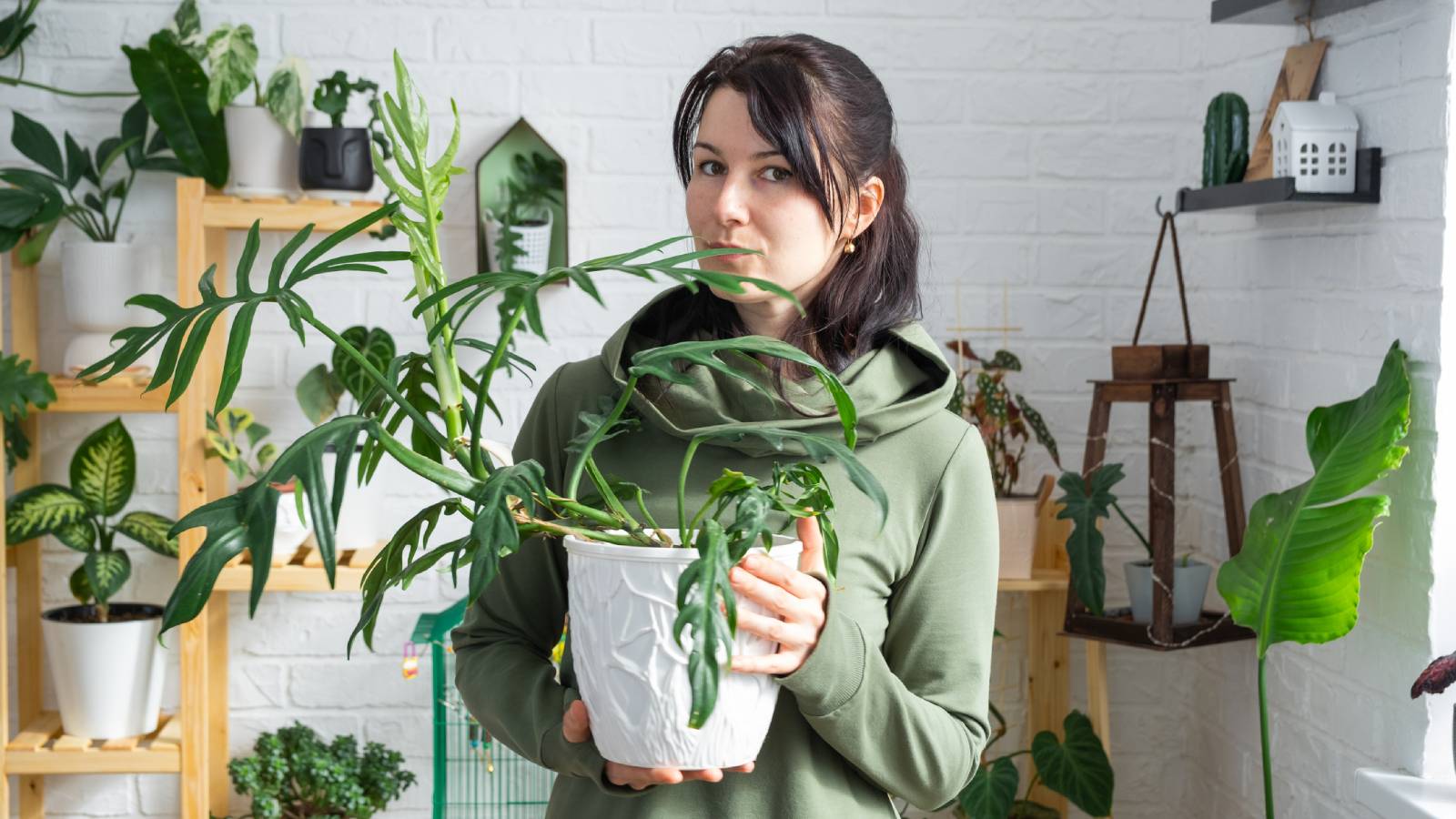

Pests literally come out of the woodwork in winter. This can be distressing for you, and devastating for your houseplants. But did you know that most culinary herbs are natural pest repellents? Sliding a potted rosemary in next to your beloved ficus can actually go a long way toward keeping pests at bay. And it'll make your house smell amazing.
Growing herbs in containers is relatively easy. Most herbs are well-suited for indoor kitchen gardens. They don’t get too big and generally thrive as long as they have good soil, regular water, and plenty of sunlight.
The Ideal Setup: Sunny Windows & Simple Care
If your houseplants are next to a sunny window, you can easily grow some potted herbs next door. It's doubly convenient if the window's in your kitchen – you can just snip a sprig while you're cooking!
Just be aware that most herbs require lots of light to grow well. A low-light houseplant tucked away in a corner might not be the best neighbor.
Why Grow Pest-Repellent Herbs Indoors
Indoor pests can be an issue year-round, but most people see more insects coming in for winter. Like any critter, they’re looking for warmth and shelter from the winter weather. Unfortunately for the homeowner, this means more ants, aphids, roaches, and other problem pests inside the house.
Growing herbs can be a great way to keep their numbers down. Many herbs contain compounds that naturally repel insects. They also have strong aromas, which mask the scent of food. Insects are often drawn to food smells in kitchens. Herbs are useful both outside in garden beds and inside, especially in winter, for managing insects and pests.
Top 10 Herbs That Repel Pests for Sunny Windowsills
Most herbs have potent fragrances that deter bugs. However, these windowsill herbs are particularly effective and very easy to grow indoors.
Sign up for the Gardening Know How newsletter today and receive a free copy of our e-book "How to Grow Delicious Tomatoes".
1. Basil
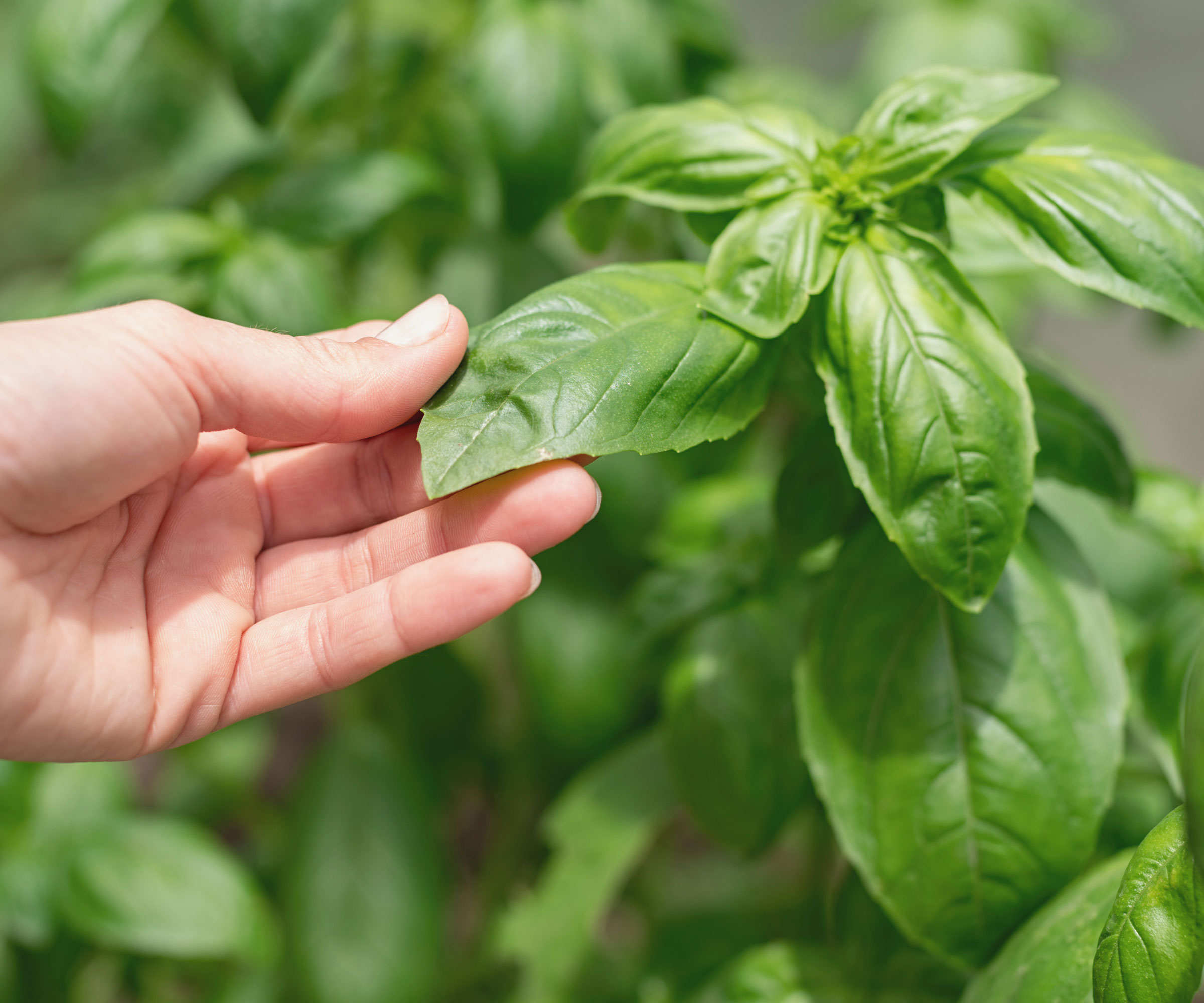
The smell of basil is effective at deterring flies, thrips, and mosquitoes. Harvest leaves regularly to use in the kitchen and to release the aroma into the air. Picking and crushing leaves makes the smell more potent and effective. Basil needs soil that drains very well and plenty of sunlight, up to six to eight hours per day.
2. Mint
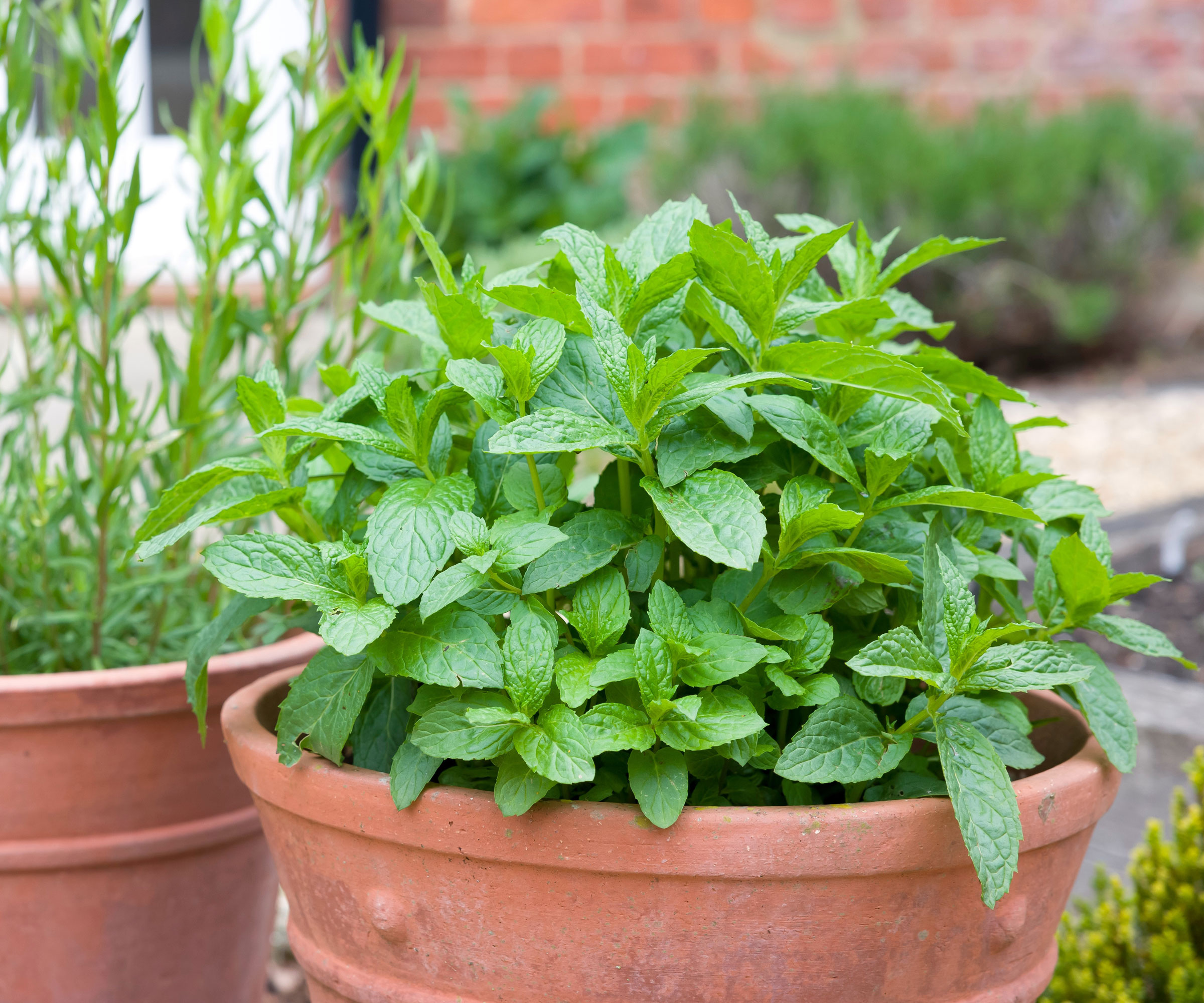
Mint is one of the easiest herbs to grow. In fact, many people avoid growing it outdoors in beds because it readily takes over all the space. Mint throws out runners to spread and will even colonize the pot next to it. That being said, in a sunny window, mint is easy to keep, useful as a culinary ingredient, and an effective deterrent for flies, beetles, squash bugs, ants, and more.
3. Rosemary
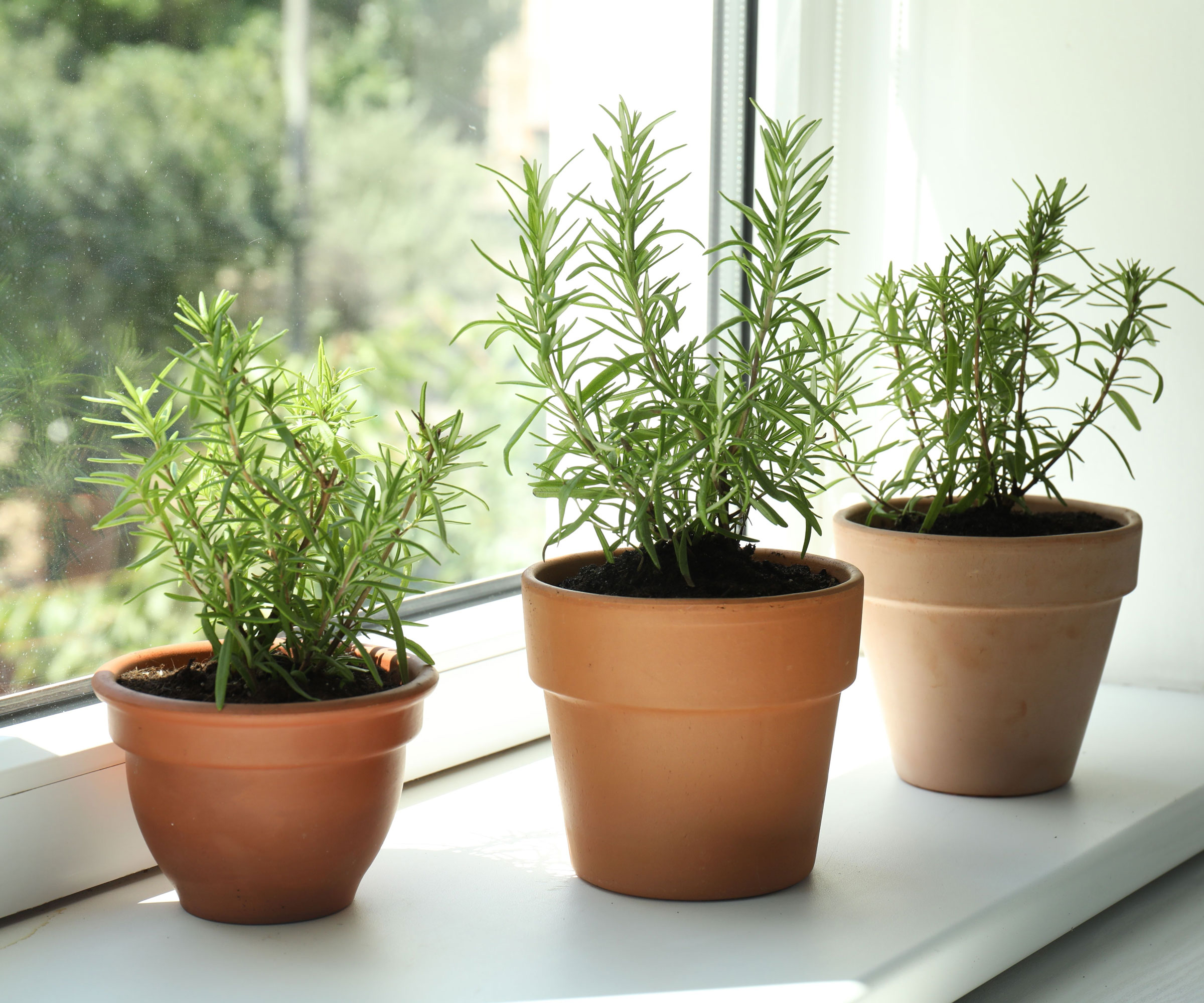
Rosemary is an evergreen, woody shrub in warm climates. You can easily keep it in a small and manageable size in a container indoors. The pine-like smell of rosemary leaves repels a variety of pests, like beetles and flies. Rosemary should have light soil that drains very well and full sun. Avoid overwatering this Mediterranean native.
4. Lavender
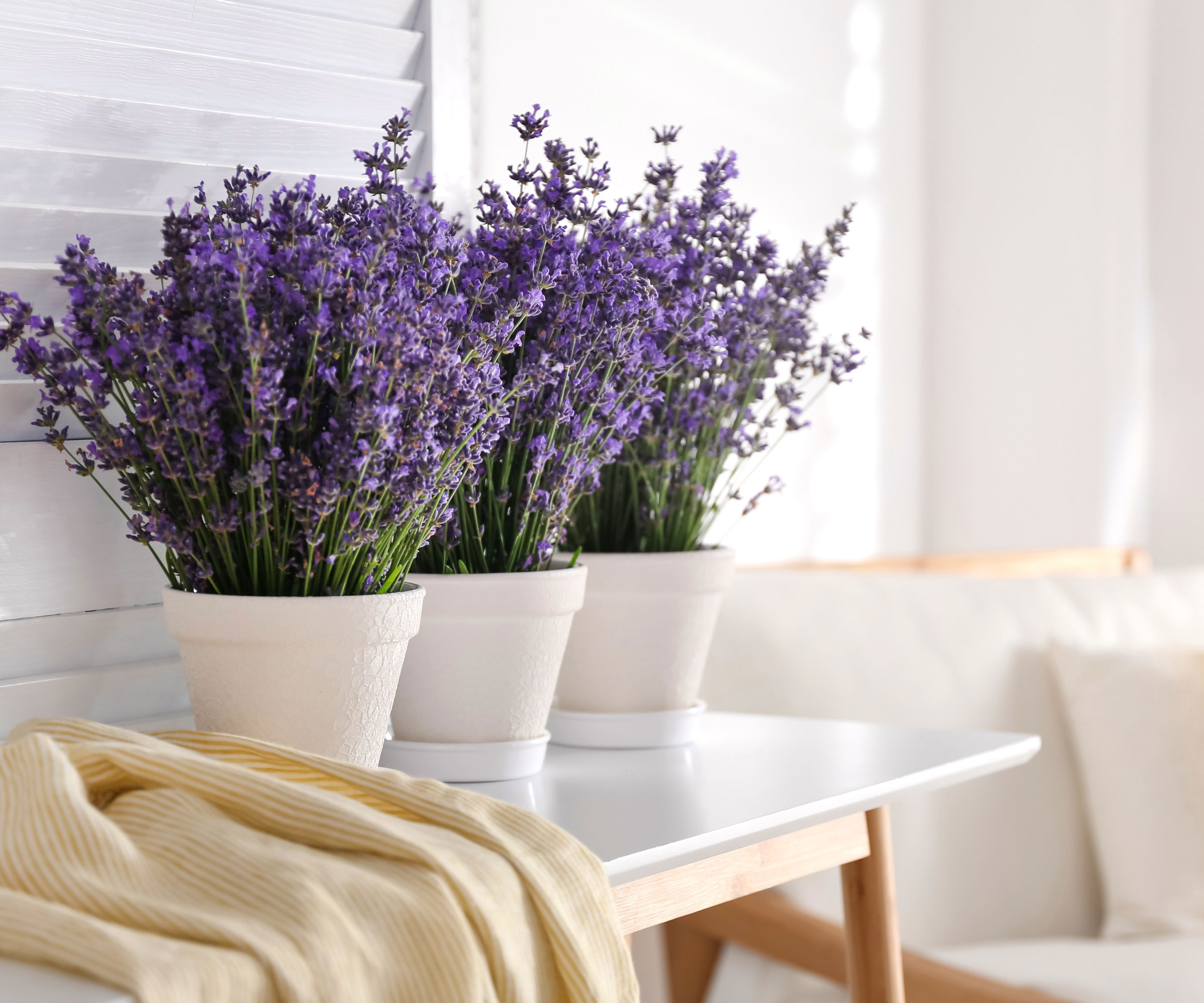
Lavender has such a beautiful smell, you’ll enjoy keeping flies, mosquitoes, and more at bay with a pot of it in your kitchen or anywhere else. Like rosemary, lavender needs light, well-draining soil and shouldn’t be overwatered.
5. Lemongrass

Lemongrass contains citronella, which is well known to deter many pests, including mosquitoes, spiders, and ants. While it can grow pretty large outside, potted lemongrass should remain a manageable size. Give it full sun and soil that drains very well. Be aware, however, that lemongrass is toxic to pets.
6. Thyme
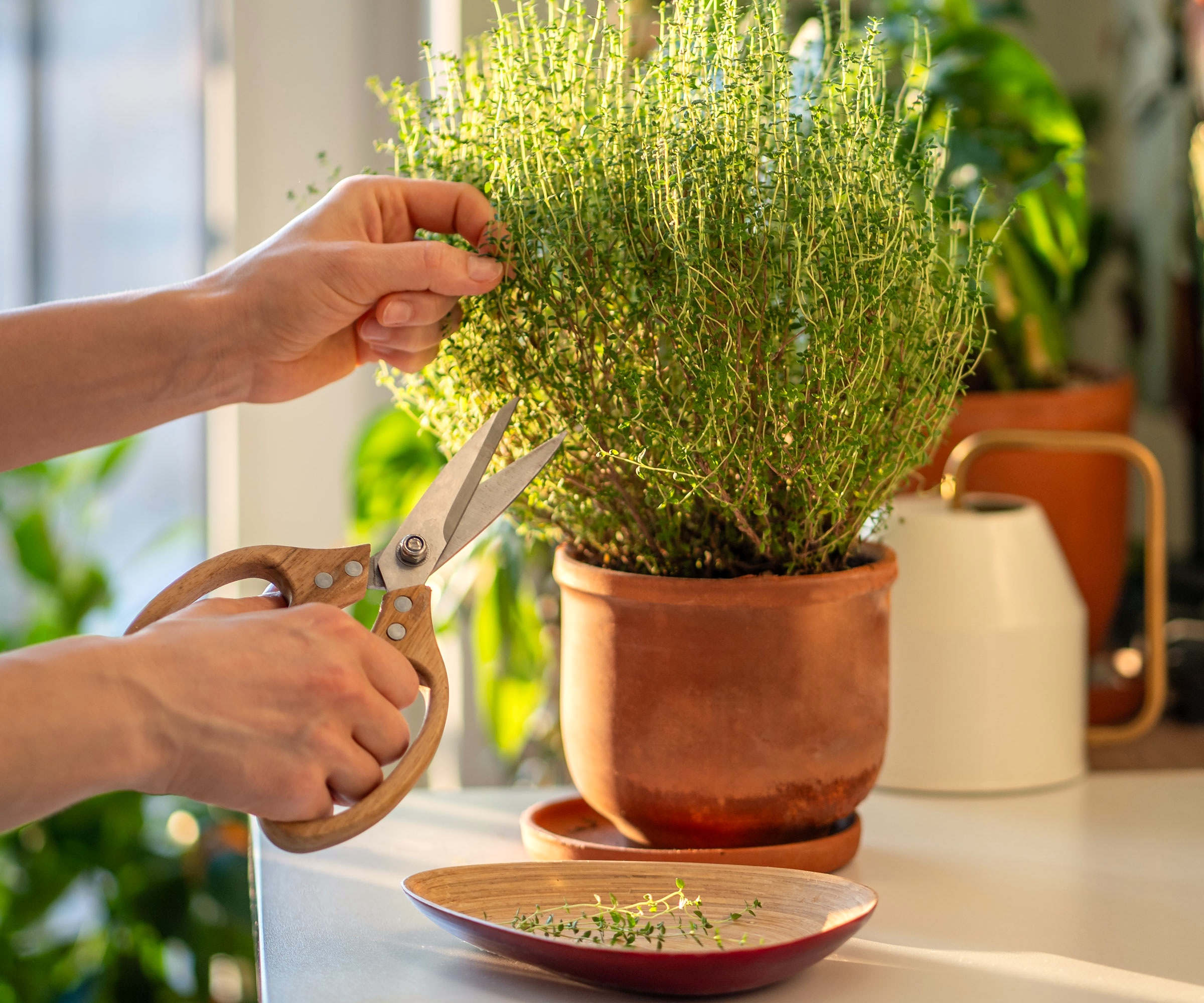
Thyme is a popular culinary herb that will also help you manage pests in the kitchen. Many types of insects are put off by the smell. Thyme likes well-drained soil that never gets too soggy and full sun. You can find several varieties of thyme, including some with unique aromas, like lemon or caraway.
7. Sage

Sage is a particularly easy herb to grow, and it repels all kinds of critters, from beetles and flies to moths and snails. Sage will tolerate average soil, but be sure it drains well, and place it in a sunny spot for the best growth.
8. Oregano

Oregano is a must-have kitchen herb for Italian cooking, but it can also help you manage pests, like mosquitoes and beetles. Oregano grows readily in a pot in full sun with average or even poor soil that drains well.
9. Bay Laurel
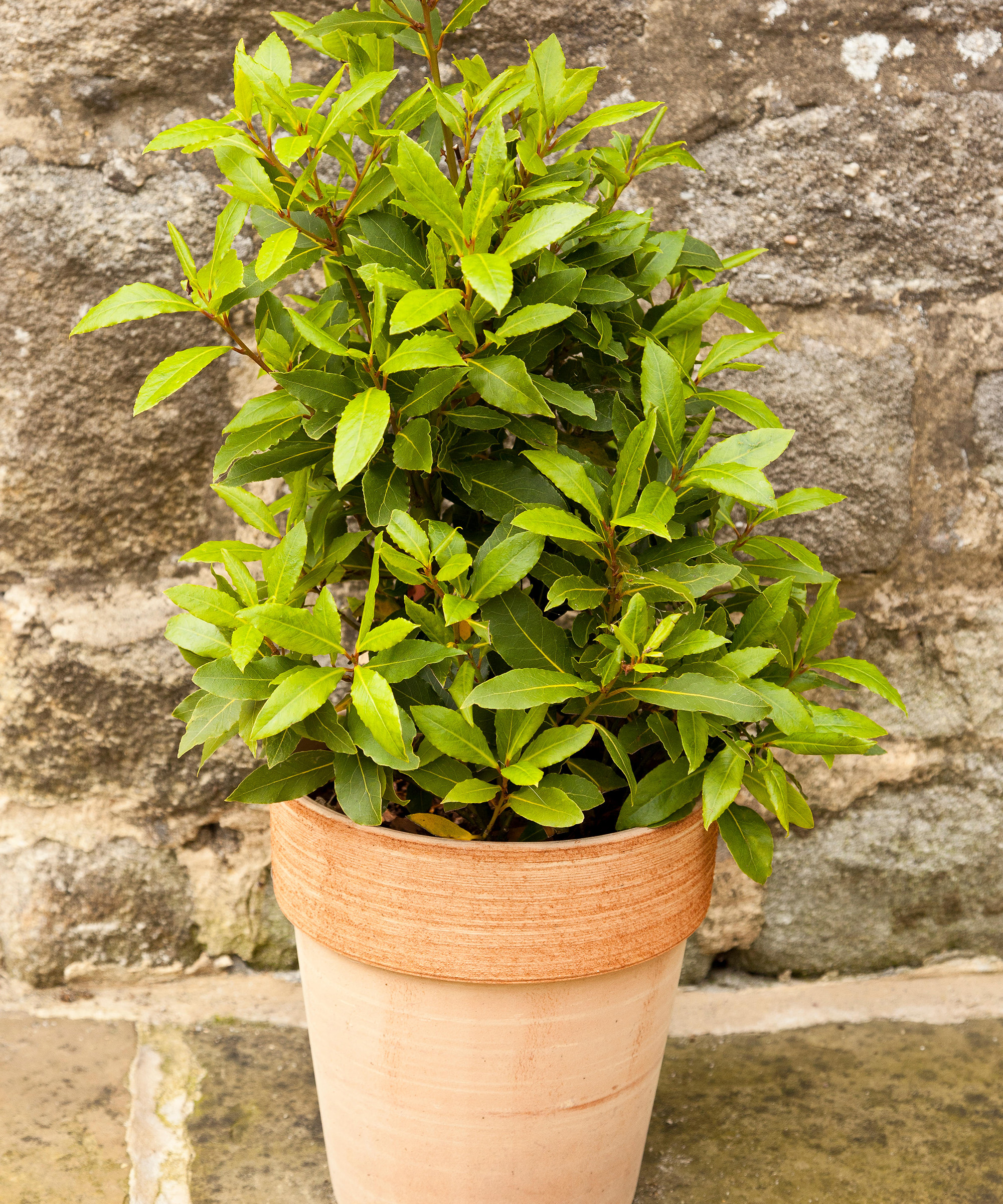
This shrubby tree is an ideal choice for a large pot next to a sunny window. The eucalyptol and other compounds that give bay leaves their unique aroma and flavor are known to repel all kinds of pests, including cockroaches. Be aware – bay laurel is toxic to pets.
10. Chives
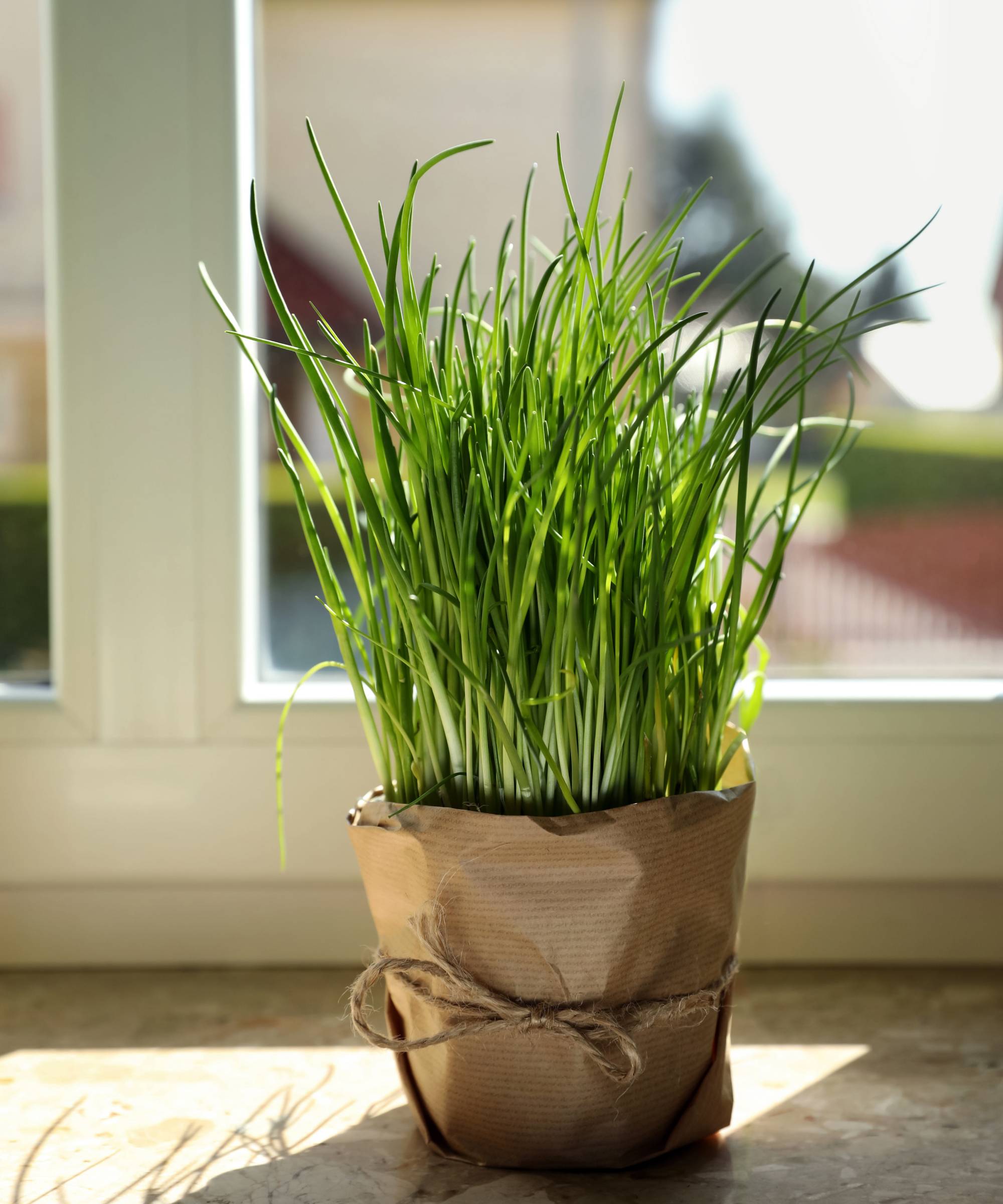
Chives are a great addition to a culinary herb garden for their versatility in recipes. The mild onion flavor goes with just about any savory dish. They’re also easy to grow and keep flies, beetles, and other pests away. Give your chives full sun and rich, well-draining soil.

Mary Ellen Ellis has been gardening for over 20 years. With degrees in Chemistry and Biology, Mary Ellen's specialties are flowers, native plants, and herbs.

